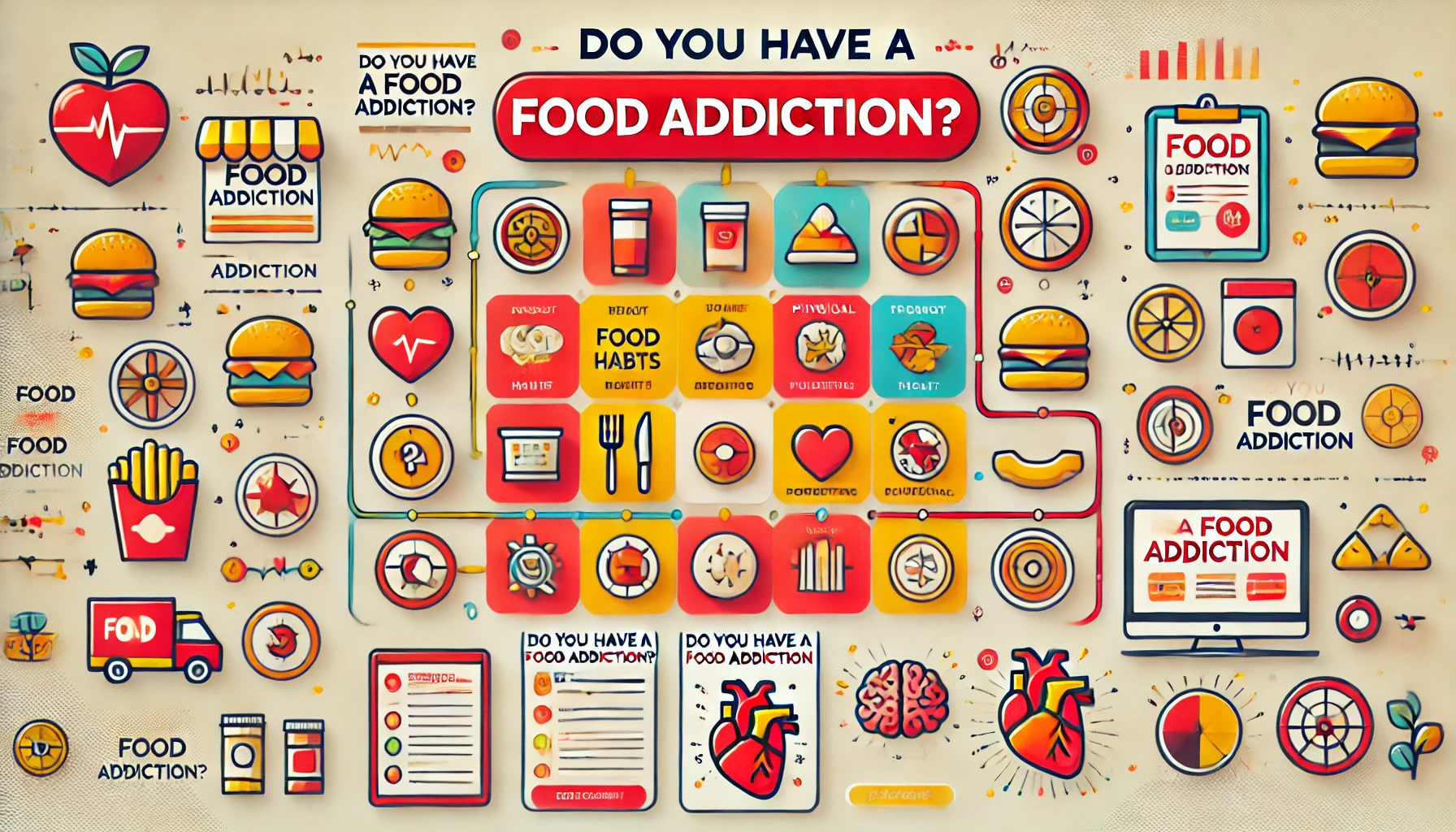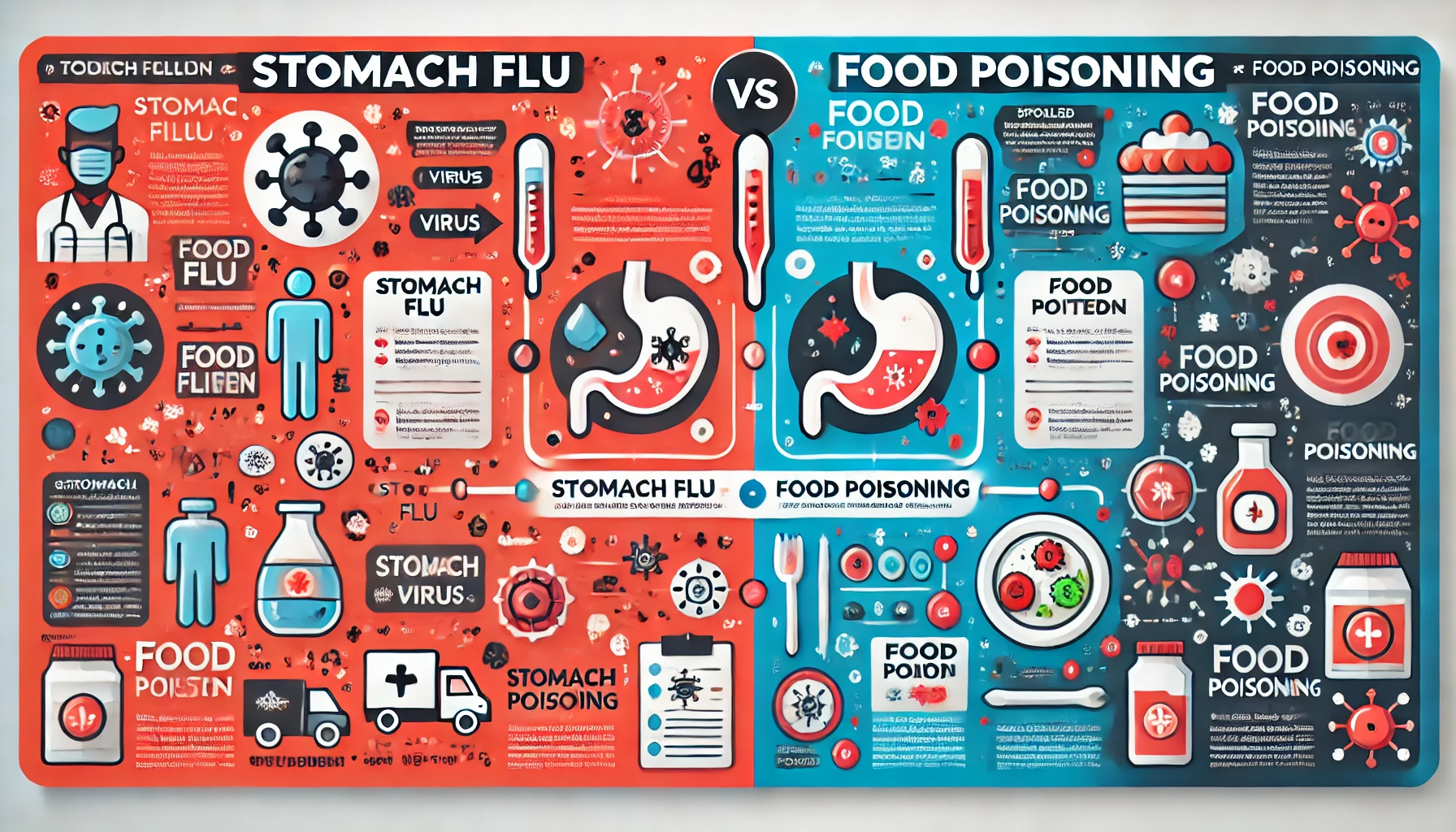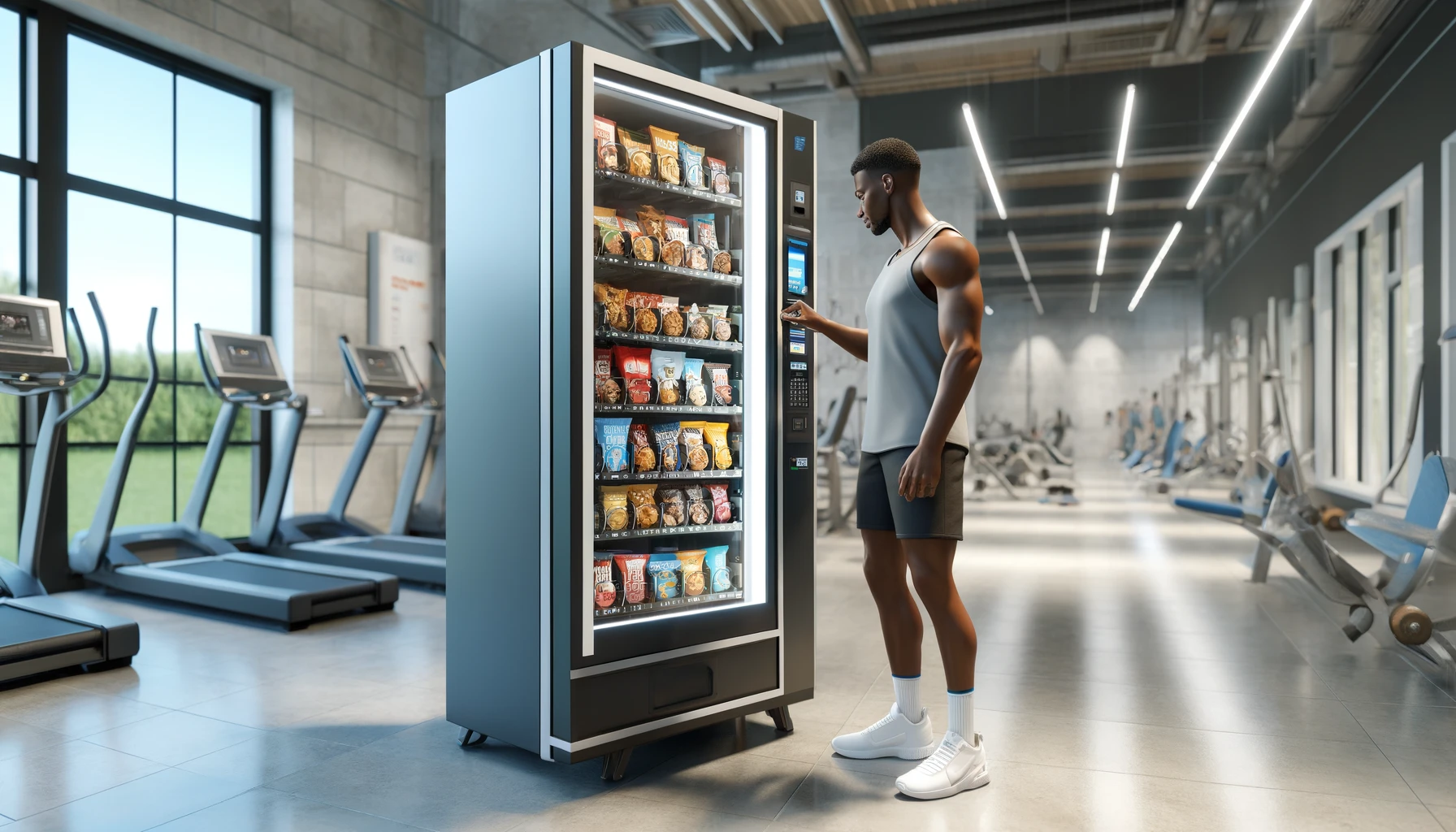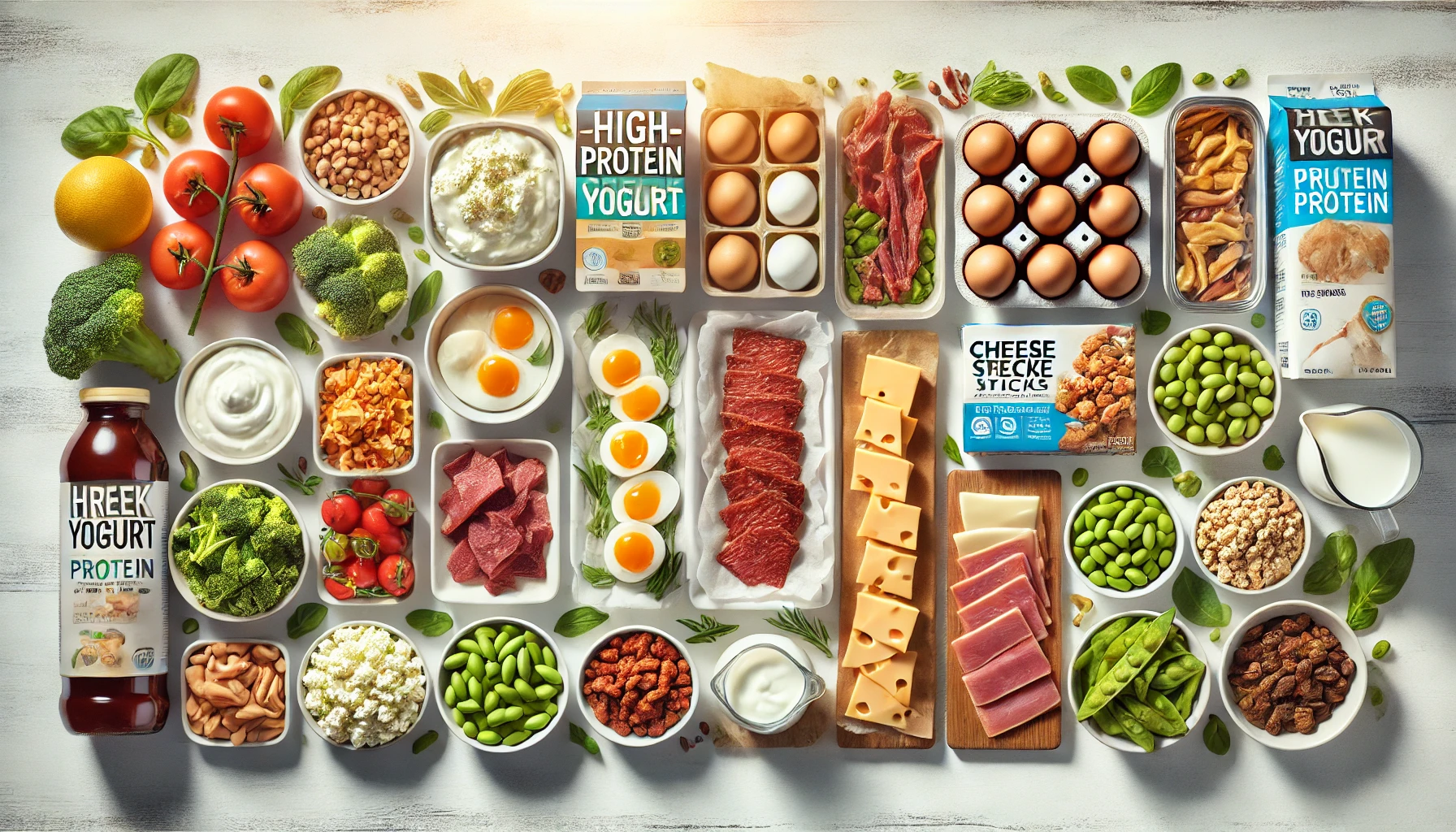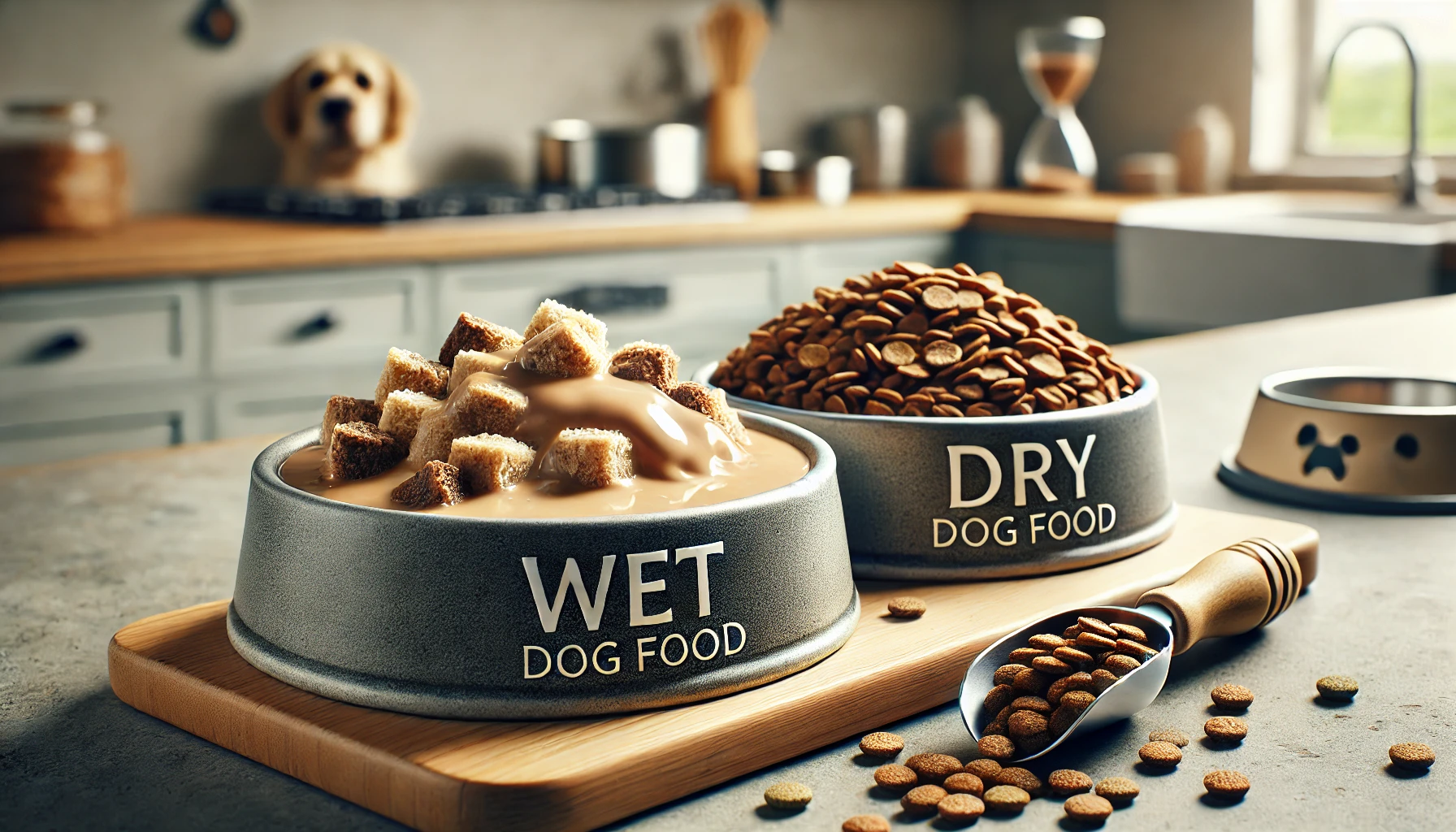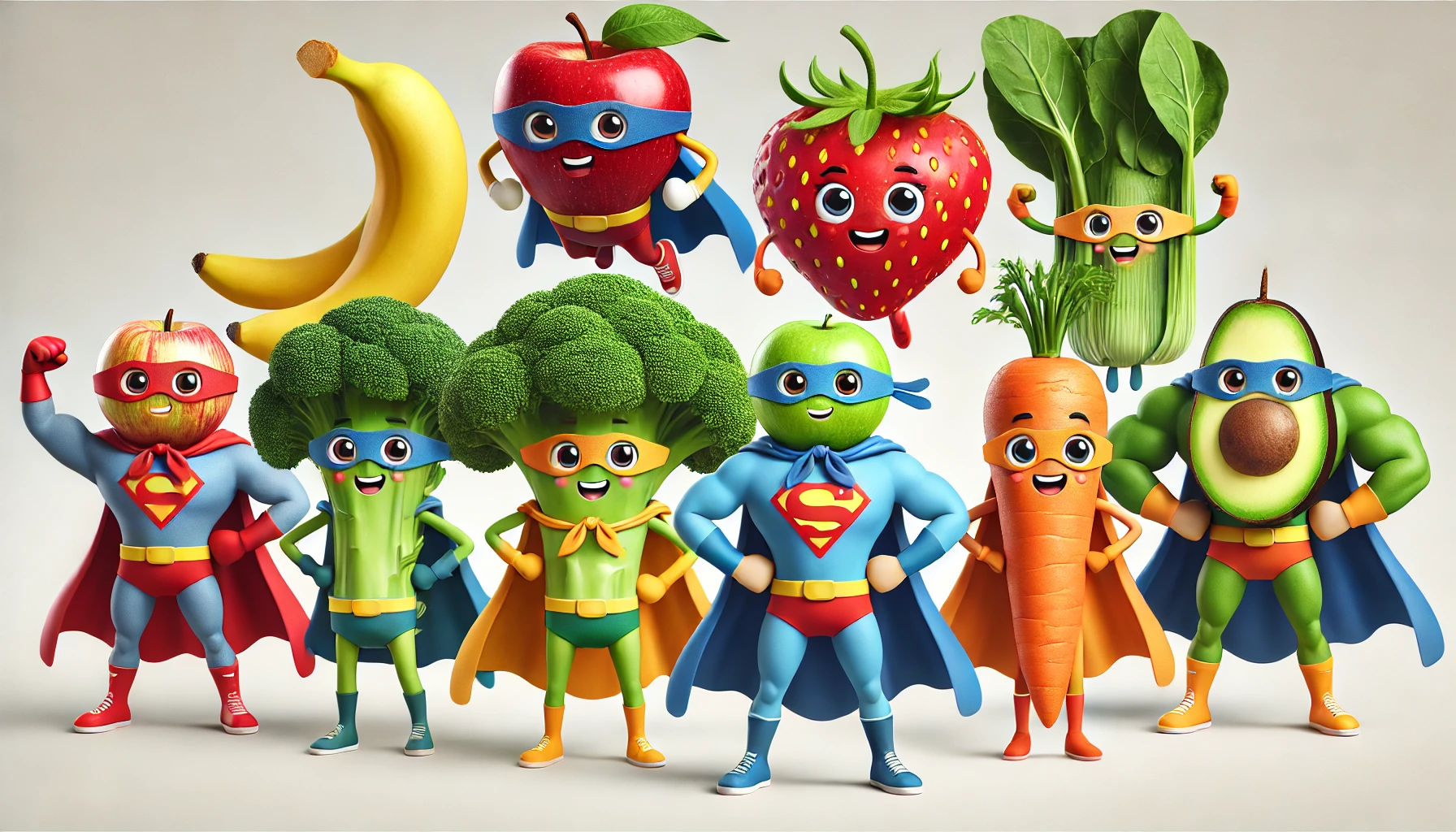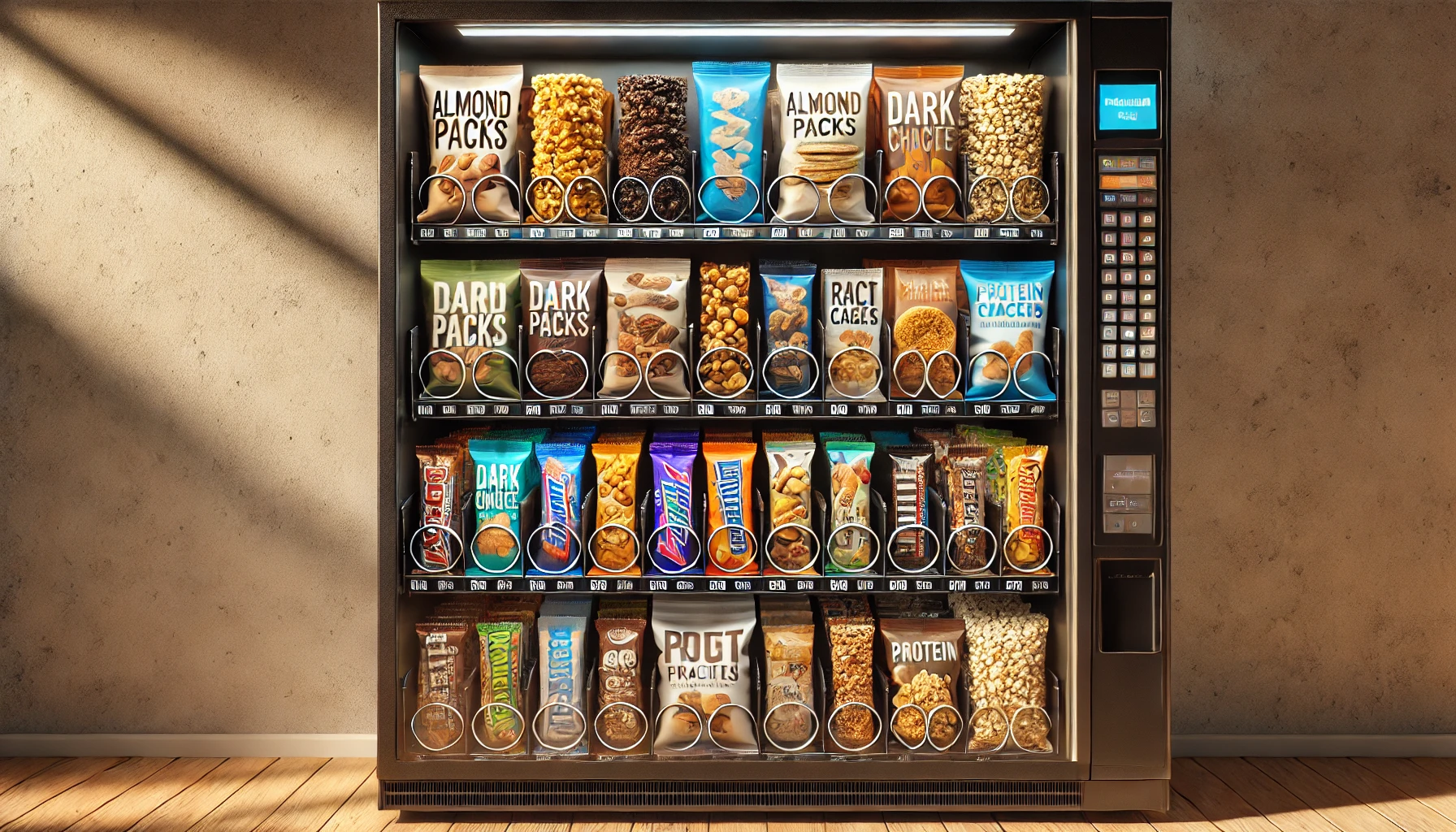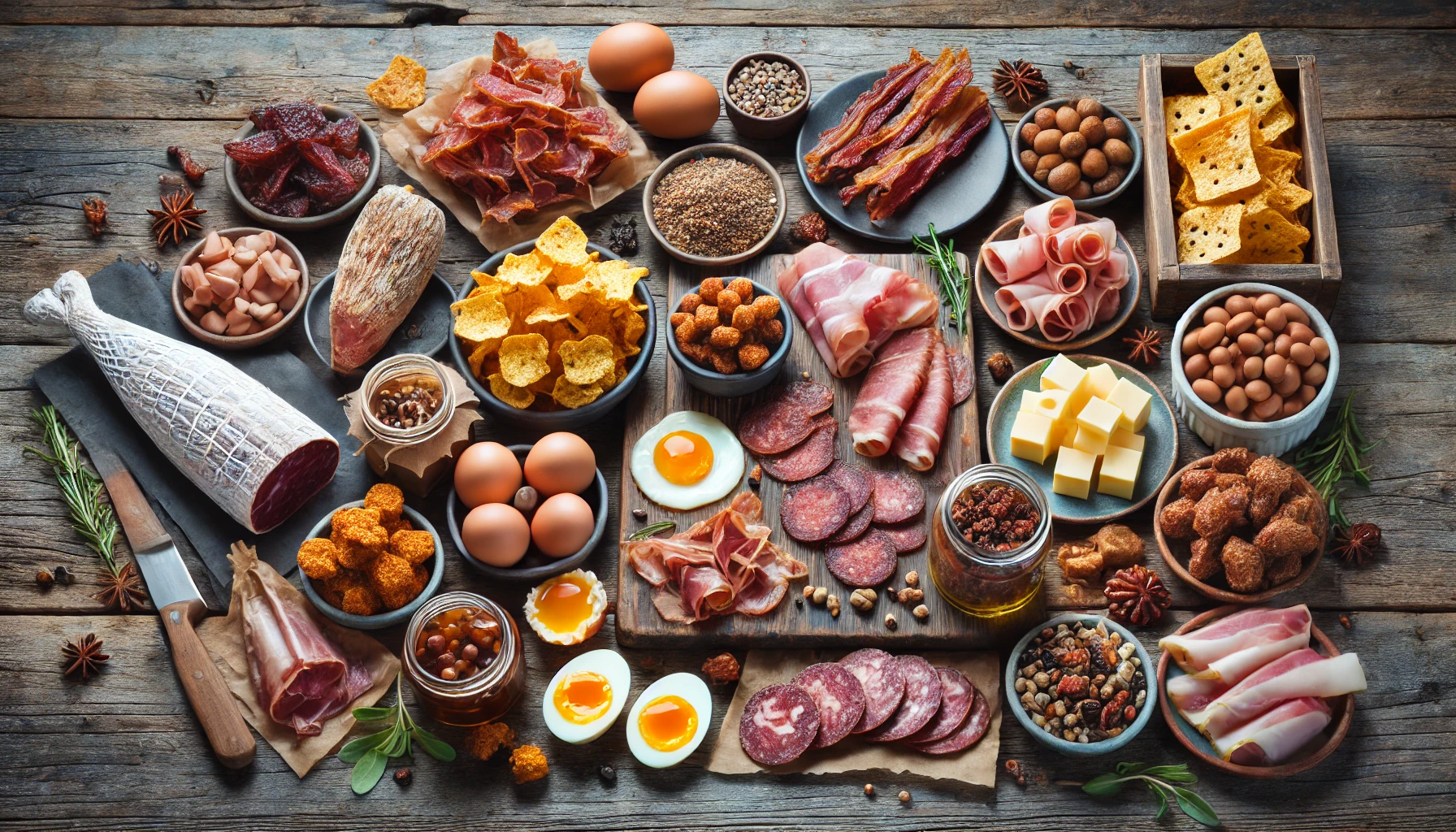Bread Hydration Calculator: How much water should you add to your bread?
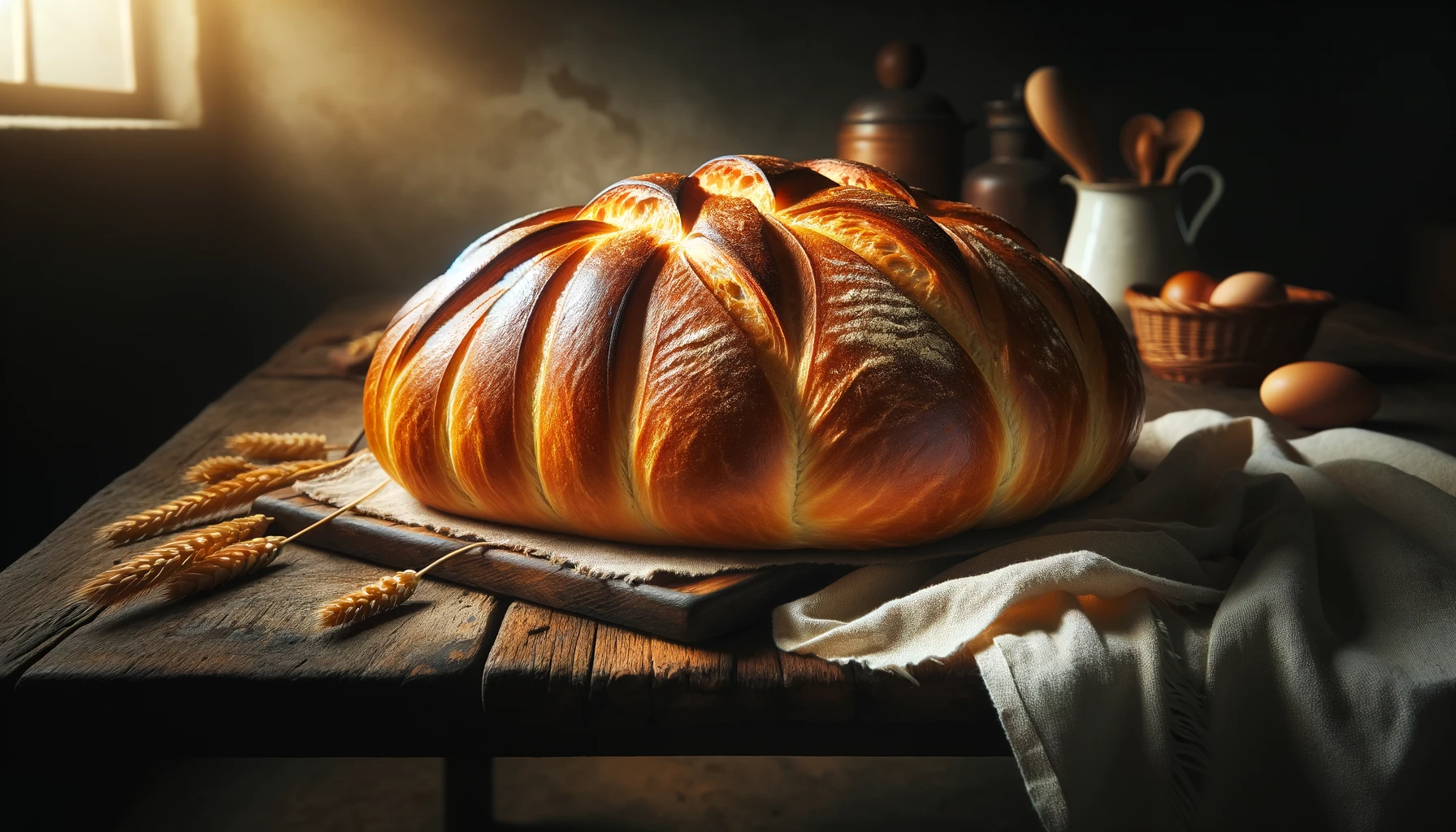
Adding the proper amount of water to your homemade bread is essentially to preventing it from becoming dry and gross. To make my fellow bread maker's life a little easier, I've put together this super simple hydration calculator for bread.
Understanding Bread Hydration
Bread hydration plays a pivotal role in the baking process, influencing the dough's texture and the bread's final quality. It's calculated as a percentage, representing the ratio of water weight to flour weight.
The Impact of Hydration Levels
High hydration doughs lead to bread with a more open crumb and a lighter texture, ideal for artisanal bread like ciabatta. Conversely, lower hydration results in a denser, tighter crumb, suitable for bread like bagels.
Hydration and Flour Types
Different types of flour absorb water differently; whole wheat flour, for instance, requires more water than white flour. This variability means bakers must adjust hydration levels based on the flour used.
Hydration's Effect on Dough Handling
Higher hydration doughs can be more challenging to handle and shape due to their stickiness. Techniques like using wet hands or a dough scraper can facilitate easier handling.
Hydration and Baking Temperature
The amount of water in dough can also affect the baking temperature and time. A dough with higher hydration might require a longer baking time at a lower temperature.
Tools for Measuring Hydration
Precision in measuring flour and water is crucial for achieving the desired hydration level. Digital kitchen scales are indispensable tools for this purpose, offering accuracy far superior to volume measurements.
The Role of Autolyse in Hydration
The autolyse process, resting the flour and water mixture before adding other ingredients, allows flour to fully hydrate. This step can improve dough structure and gluten development.
Adjusting Hydration for Ambient Conditions
Ambient temperature and humidity can affect dough hydration. Bakers may need to adjust water content on hot, dry days or in humid conditions to maintain the dough's consistency.
Experimenting with Hydration Levels
Bakers often experiment with hydration levels to achieve desired bread characteristics. Small adjustments can significantly impact the bread's texture, crust, and overall flavor.
Common Hydration Ratios and Their Outcomes
Typical bread recipes have hydration levels ranging from 60% for firmer bread to up to 80% or higher for artisanal, crusty loaves. Understanding these ratios can guide bakers in recipe development.
Bread Hydration Chart
This chart serves as a general guide for how hydration levels affect bread types:
| Bread Type | Hydration Percentage |
|---|---|
| Baguette | 60-65% |
| White Sandwich Bread | 60-70% |
| Sourdough | 65-75% |
| Ciabatta | 75-80% |
| Focaccia | 75-85% |
Final Thoughts on Hydration
Mastering bread hydration is a journey of learning and experimentation, leading to the creation of a wide variety of bread types. By understanding and applying the principles of dough hydration, bakers can significantly influence the quality and characteristics of their bread.
Explore More on Nutrition
Interested in how bread fits into your nutritional goals? Check out my calculator for remaining in a caloric deficit, an essential tool for managing your diet effectively.

Posted by: Matt Irving on 02/11/2024
Subscribe to my blog!


